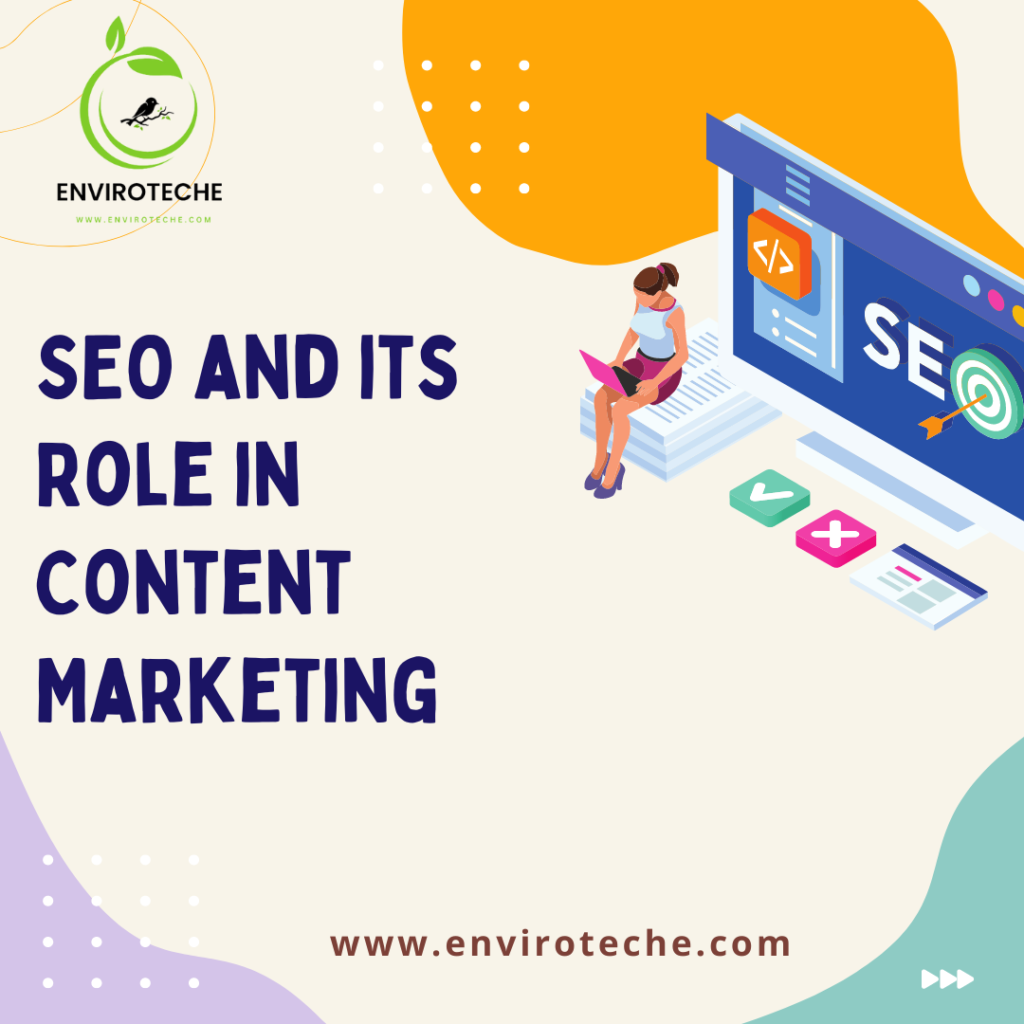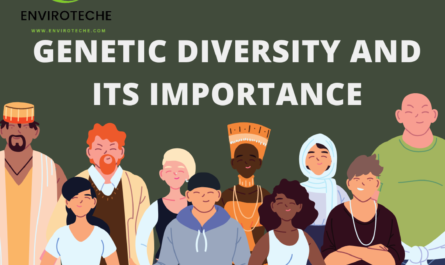
Are you trying to figure out how to use SEO and its role in enhancing content marketing? An effective way to reach and engage a target audience is through content marketing, which entails producing and distributing valuable, pertinent, and consistent information. By offering useful information, addressing issues, and building a relationship with the audience, content marketing hopes to encourage profitable consumer behaviors including raised brand awareness, lead generation, and customer loyalty.
In order to establish credibility and long-lasting relationships with the audience, it focuses on distributing useful material via a variety of platforms, including blog articles, social media posts, videos, ebooks, and podcasts.
In this, we examine it in further detail along with the rationale behind SEO’s purpose in content marketing.
Table of Contents
Significance of SEO in digital marketing
Digital marketing relies heavily on Search Engine Optimization for two main reasons. In the beginning, SEO benefits companies by increasing their online exposure and organic search rankings. A website’s chances of drawing organic visitors increase when it is optimized for search engines and is more likely to rank higher on search engine result pages. For businesses to reach their target audience and produce leads or sales, this visibility is crucial.
Second, SEO improves a website’s overall usability and user experience. Websites with relevant, high-quality content, a user-friendly layout, and speedy page loads are given priority by search engines. Businesses may enhance the user experience and raise the likelihood that visitors will stay on their website and interact with its content by optimizing website aspects including page speed, mobile responsiveness, and user-friendly navigation.
A good user experience boosts search engine results and encourages increased conversion rates, return visitors, and customer satisfaction. In the world of digital marketing, SEO serves as the cornerstone for user experience, effective online presence, and generating organic traffic to meet client objectives.
Relationship between SEO and content marketing
The success of any digital marketing plan depends on the symbiotic link between SEO and content marketing.
Firstly, content marketing gives SEO efforts something to write about. Effective SEO is built on top-notch, pertinent, and valuable content. Businesses have a greater chance of generating organic search traffic when they provide engaging content that caters to the demands and interests of their target audience. Businesses can raise their search engine ranks and visibility by regularly creating and improving content. Search engines give preference to websites that offer useful material.
The foundation and strategy needed for content marketing to succeed, however, are provided by SEO. By locating pertinent keywords and themes with high search volumes and little competition, SEO helps content creators create more effective articles.
Businesses may increase their chances of appearing higher in search engine results and connecting with their target audience by carrying out keyword research and optimizing content around these keywords. In order to increase the discoverability and crawlability of content, SEO also includes optimizing a website’s technical elements, including URLs, meta tags, and site structure.
Knowledge of SEO and content marketing
In order to increase a website’s visibility and rating on search engine result pages, SEO;Search Engine Optimization principles are a collection of rules and tactics. It entails optimizing numerous elements of a website to make it more appealing to both visitors and search engines.
A few essential SEO principles are keyword selection and optimization, on-page optimization such as meta tags and headings, off-page optimization, technical optimization, and user experience optimization. Following these guidelines will give businesses a better chance of ranking higher in search results, drawing organic visitors, and ultimately increasing conversions and revenue.
Basics of SEO and content marketing
A website’s visibility and rating on search engine result pages are improved through the process of SEO. It entails adding pertinent keywords, improving website structure and design, producing excellent and compelling content, obtaining authoritative backlinks, and guaranteeing a great user experience.
Businesses can boost conversion rates and company growth by adhering to these SEO best practices by increasing organic traffic, reaching their target audience, and enhancing their online presence.
Content marketing raises website visibility, boosts organic traffic, and raises search engine ranks by deftly incorporating keywords throughout the content, optimizing meta tags, headers, and URLs, and supplying high-quality backlinks.
Developing SEO-friendly Content
Effective SEO must include both keyword research and optimization for developing SEO-friendly content. Businesses find pertinent and effective keywords by conducting in-depth keyword research that takes into account the search intent of their target market. Businesses may raise their search engine results, boost organic traffic, and draw in qualified leads by using these chosen keywords to optimize website content, meta tags, headings, and URLs.
Likewise, companies may raise their click-through rates and overall search engine visibility by enhancing meta descriptions with succinct and compelling text that highlights important advantages and keywords. The odds of obtaining quality leads to the website are increased thanks to the usage of attractive headlines and meta descriptions, which also improve user engagement.
A key component of SEO is creating catchy headlines and meta descriptions. Businesses may pique the interest of consumers and persuade them to click through to their website by developing attention-grabbing headlines that combine pertinent keywords. The use of appealing headlines and meta descriptions, which help promote user engagement, increases the chances of acquiring excellent leads to the website.
Types of Content for SEO
There are many different content kinds that can be used for SEO.
- Blog Article
A blog post is a brief piece of written content that is published on a blog. It is usually organized chronologically, with the most recent article appearing first. It provides a platform for people, companies, or organizations to distribute instructional, entertaining, or thought-provoking information to their intended market. Blog articles frequently address a particular subject, offer perspectives, offer solutions, and express opinions.
2.Visual content
Images,videos, and other visual components that have been carefully chosen and strategically positioned to improve user interaction and search engine exposure are referred to as visual content for SEO. Visual information can be indexed and ranked by search engines by utilizing pertinent keywords in the file names, alt text, captions, and descriptions of images. Additionally, visually beautiful and educational content enhances user experience, boosts social sharing potential, and draws backlinks, thereby increasing organic traffic and optimizing SEO performance.
3. Info-graphics
Infographics are appealing visual representations of data that are enhanced for search engine visibility and to draw in organic visitors. Search engines can index infographics that have been optimized with pertinent keywords, meta tags, and descriptions, increasing the likelihood of higher rankings and bringing more relevant traffic to the website. Infographics can be used by organizations to improve communication and develop authority, and online presence as part of an SEO strategy.
4. Visual and audio media
Strong SEO content authoring elements that increase user engagement and search engine exposure include audio and visual media. Businesses can offer a comprehensive and varied content experience by including pertinent photos, videos, infographics, and other visual elements, as well as audio content like podcasts. These media formats enhance user experience, lengthen the time spent on the website, and promote social sharing and link building. Search engine rankings are improved, organic traffic is attracted, and the total effect of SEO content production is strengthened by optimizing visual and audio material with pertinent keywords and metadata.
5. Page landings and item descriptions
Page headings and item descriptions are important in SEO since they optimize the content on specific web pages and product listings. Page landings entail producing interesting, keyword-rich content that entices readers to visit and interact with a certain web page. Item descriptions, on the other hand, contain thorough information about products or services, using relevant keywords to boost search engine exposure and attract targeted traffic.
6. Social media theme and podcasts
Improving search visibility and driving traffic to the website by optimizing social media postings with relevant keywords, hashtags, and links. Moreover, hosting and optimizing podcasts can assist in reaching a larger audience, building a loyal following, and increasing brand recognition.
Content-Based Link Building
Content-based link building is an SEO approach that focuses on getting high-quality backlinks through the creation and promotion of valuable content. It entails creating intriguing and shareable content that draws attention and gains links from authoritative websites naturally. Businesses can boost the authority, visibility, and search engine rankings of their websites by providing link-worthy material. Content-based link building makes use of the potential of valuable content to develop organic backlinks and deliver targeted visitors, ultimately enhancing SEO performance and online presence. Content Marketing
Conclusion
Ultimately, content marketing and search engine optimization are intertwined and necessary components of a successful digital marketing plan. SEO optimizes content for search engines, increasing visibility and encouraging organic traffic. In contrast, content marketing produces meaningful and interesting information that resonates with the target audience, develops authority, and builds brand loyalty. Businesses may efficiently reach their target audience, enhance online exposure, drive conversions, and achieve long-term success in the digital sphere by combining SEO with content marketing. Content Marketing
About the Author:
Laiba Ali1
1Department of Soil and Environmental Sciences, University of Agriculture Faisalabad
Check Other Scholarships:
